You’re ready to buy your own set of wheels. Chances are, unless you have been saving for a car for quite some time, you will have to get a car loan. Car dealers are more than happy to offer you their in-house financing option. Their offers may seem attractive, but may not always be the best option. Here are a few tips to get the best car loan.

Stasique/shutterstock.com
Tip 1: Check Your Credit Score

Make sure you know your credit score. In fact, before you take out the loan, make sure to look for any mistakes and have it straightened out. Lenders will use your credit score to determine how much to lend you, as well as, the interest rate. The lower the score, the higher the lending risk. The higher the lending risk, the higher the interest rate.
Tip 2. Choose the Shortest Loan You Can Afford

The first thing you should budget is your down-payment. If the market value of the car is less than or equal to S$20,000, you must have a 30% cash down-payment. If the market value of the car is more than S$20,000, you must have a 40% cash down-payment.
In Singapore, the TDSR (Total Debt Servicing Ratio) is an official regulation that applies to your car loan. It essentially means that you can’t use more than 60% of your income to repay loans. This is including your house payments or any other credit card bills you may need to pay.
Typically, you can borrow money for up to 7 years. The longer term reduces the monthly payment, but also drives up your total cost. You end up paying more in the long run because these long loans have higher interest rates. One car expert recommends to limit your car loan to about 48 months, if you can afford it.
Shorter loans also help build equity in the vehicle faster. That way, if you decide to trade in or sell your car early, the price you get may cover the amount you still owe.
Tip 3. Look beyond the monthly payment
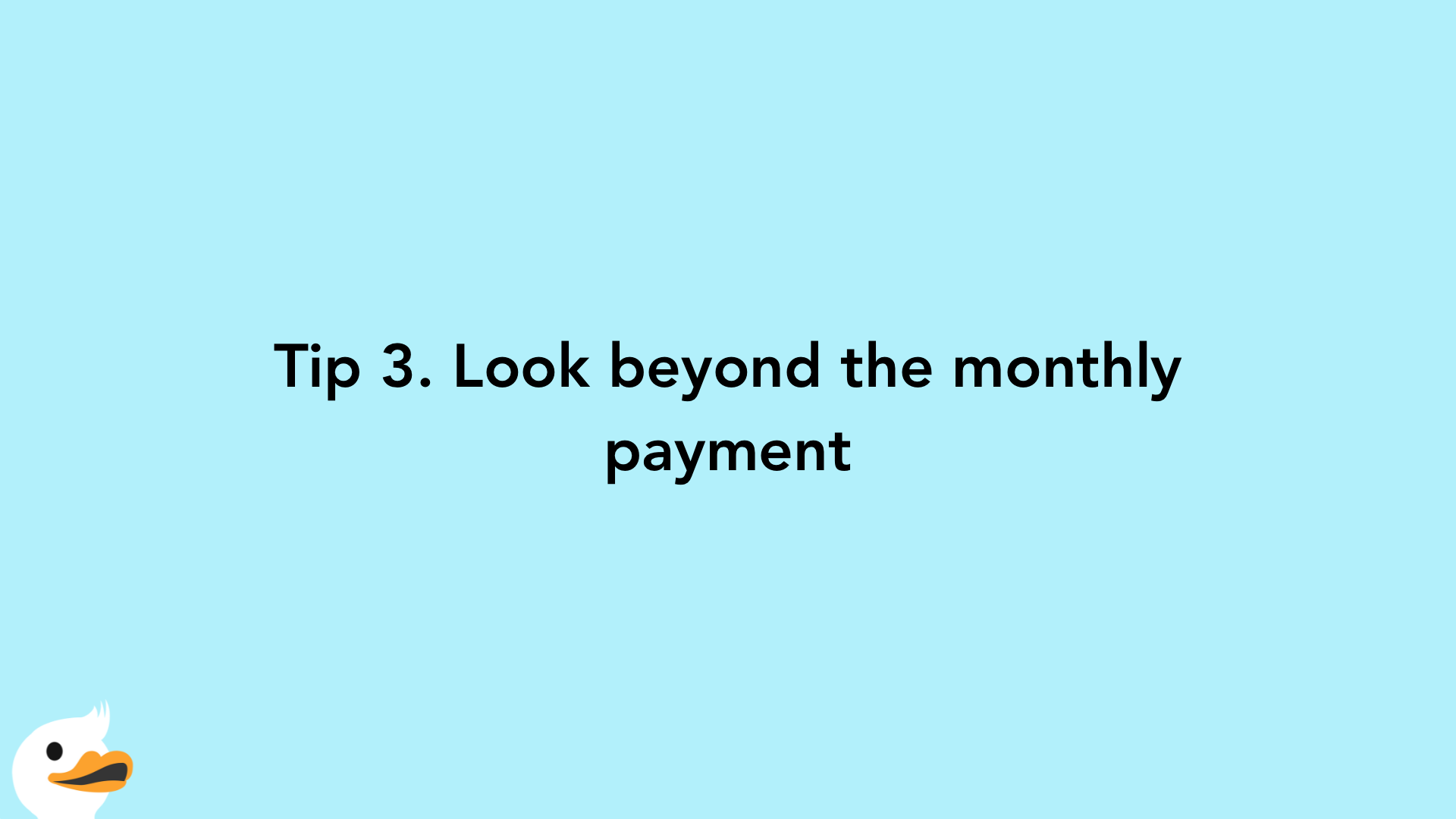
When calculating your monthly payment, the lower it is usually indicates the longer your loan is and the more interest that you accumulate. That is why you should always keep an eye on the loan’s TOTAL cost. The first thing you should look at is the annual percentage rate (APR). A lower rate can produce significant long-term savings.
Tip 4. Check Repayment Penalty
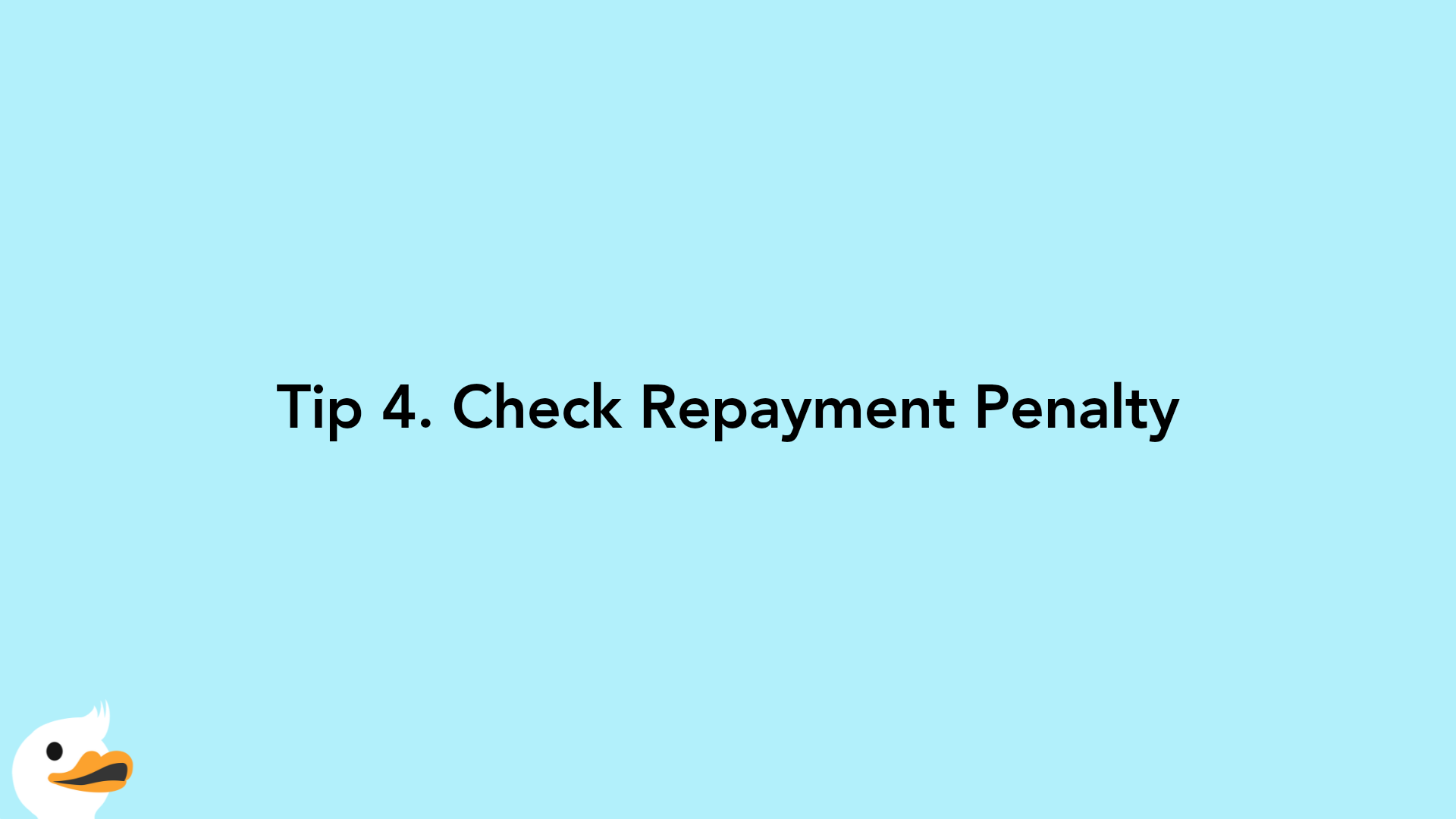
If you are feeling particularly zealous to repay your car loan in hopes of saving money long term, you may have an early repayment penalty attached to it. Lenders earn their profit by keeping you in debt for a longer period of time, constantly accruing interest. Paying your loan off early reduces the number of interest payments, thereby reducing their profit. However, sometimes, even with the penalty, it may still save you money.
3 Types of Car Loans
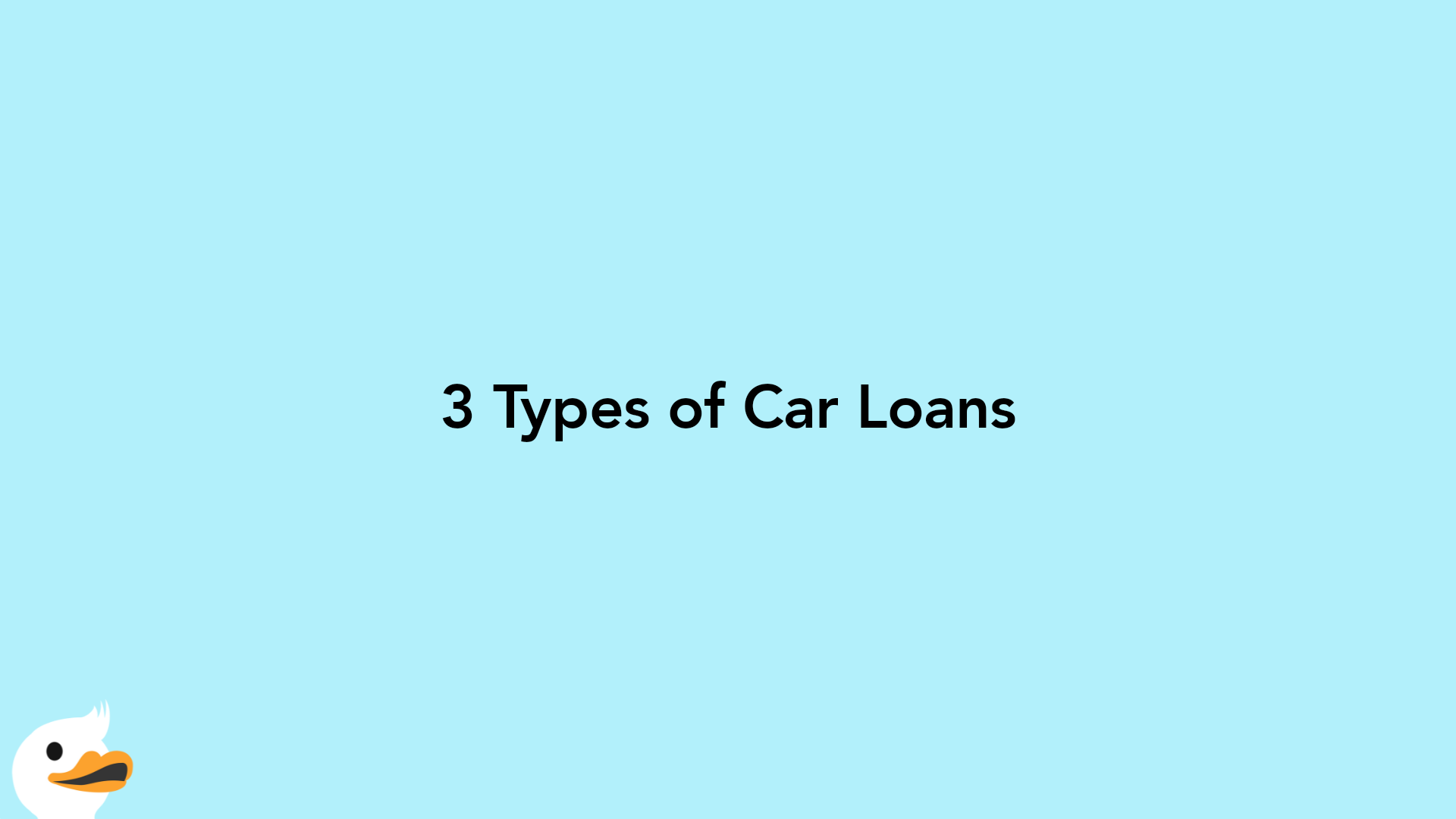
There are 3 types of car loans: Car dealer’s in-house financing package Bank loan through the car dealer Direct to bank or financial institution
A car dealer’s in-house financing package is where the dealership finances the cars themselves. They do not rely on outside lenders to approve consumers for financing. Usually, they will accept all kinds of credit scores. However, read the fine print. They usually have higher interest rates and additional fees.
Some dealers also offer a bank loan. This means that the dealer collects your information and forwards that to one or more prospective lenders. They will quote an interest rate to the dealer to finance the loan. This is known as the “buy rate.” The interest rate that the dealer negotiates with you will likely be higher because the dealers are compensated for handling the financing.
You can also deal directly with the bank lender themselves. They will “pre-approve” you for the loan and give you a quote or a conditional letter before you go to the dealership. This is the highest chance for an interest rate in your favor because fewer parties are taking a commission.
Final Thoughts

As of October 2018, most banks offer an interest of around 2.78% p.a. These rates change all the time. Dealerships also offer seasonal promotions. Do your research before you walk into the car dealership. That way, you will save a lot more money driving in your new car.







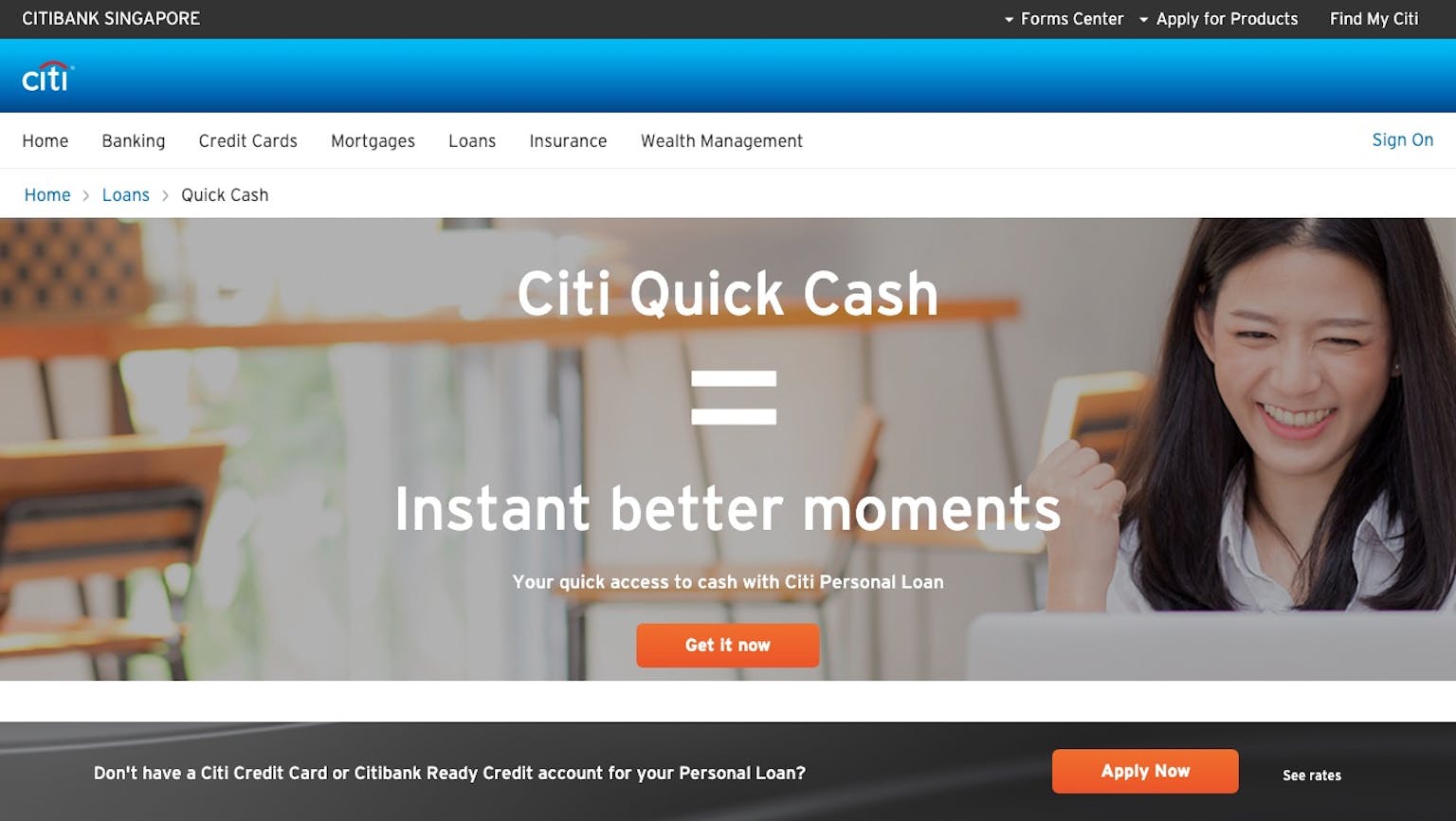
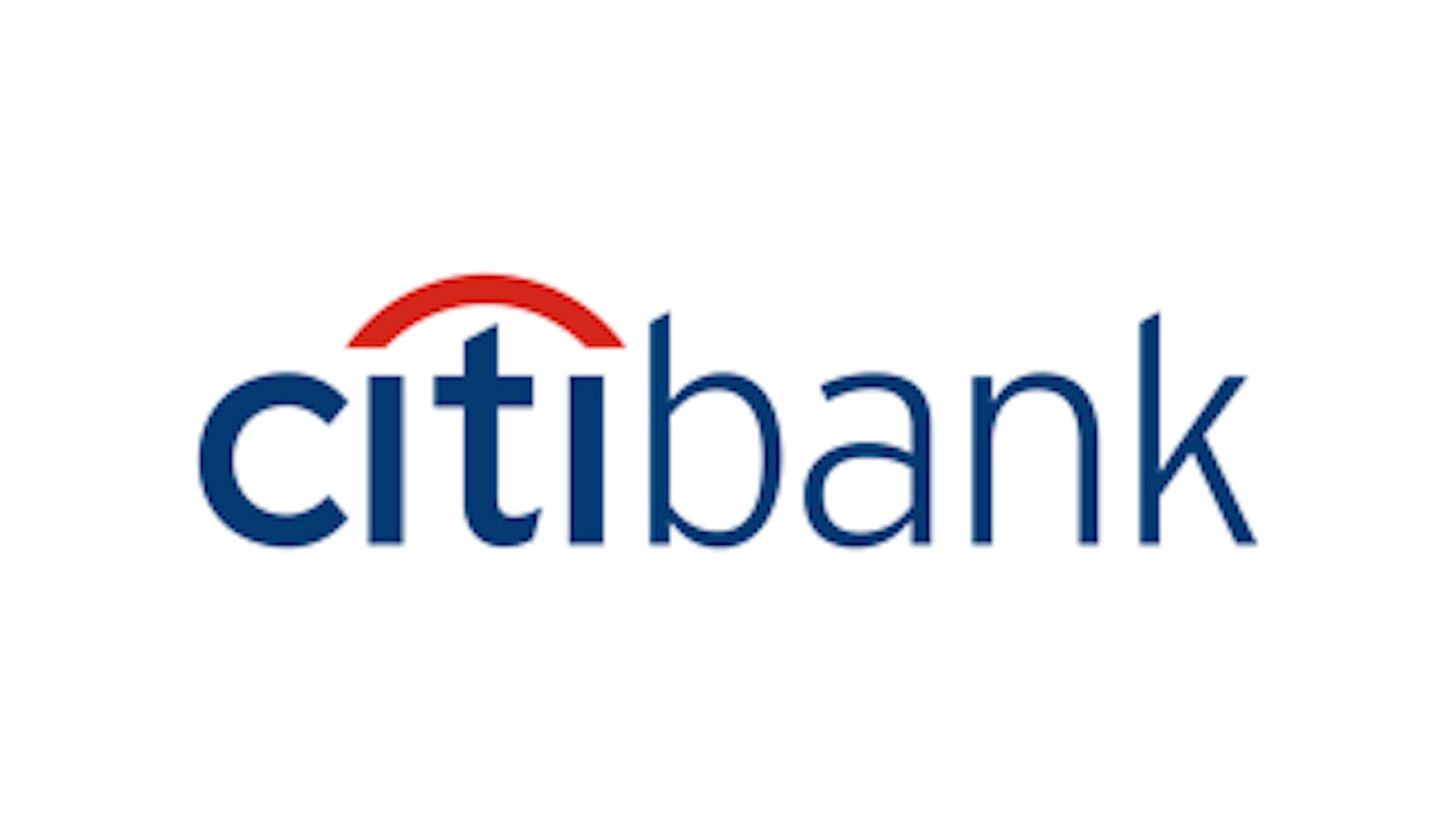
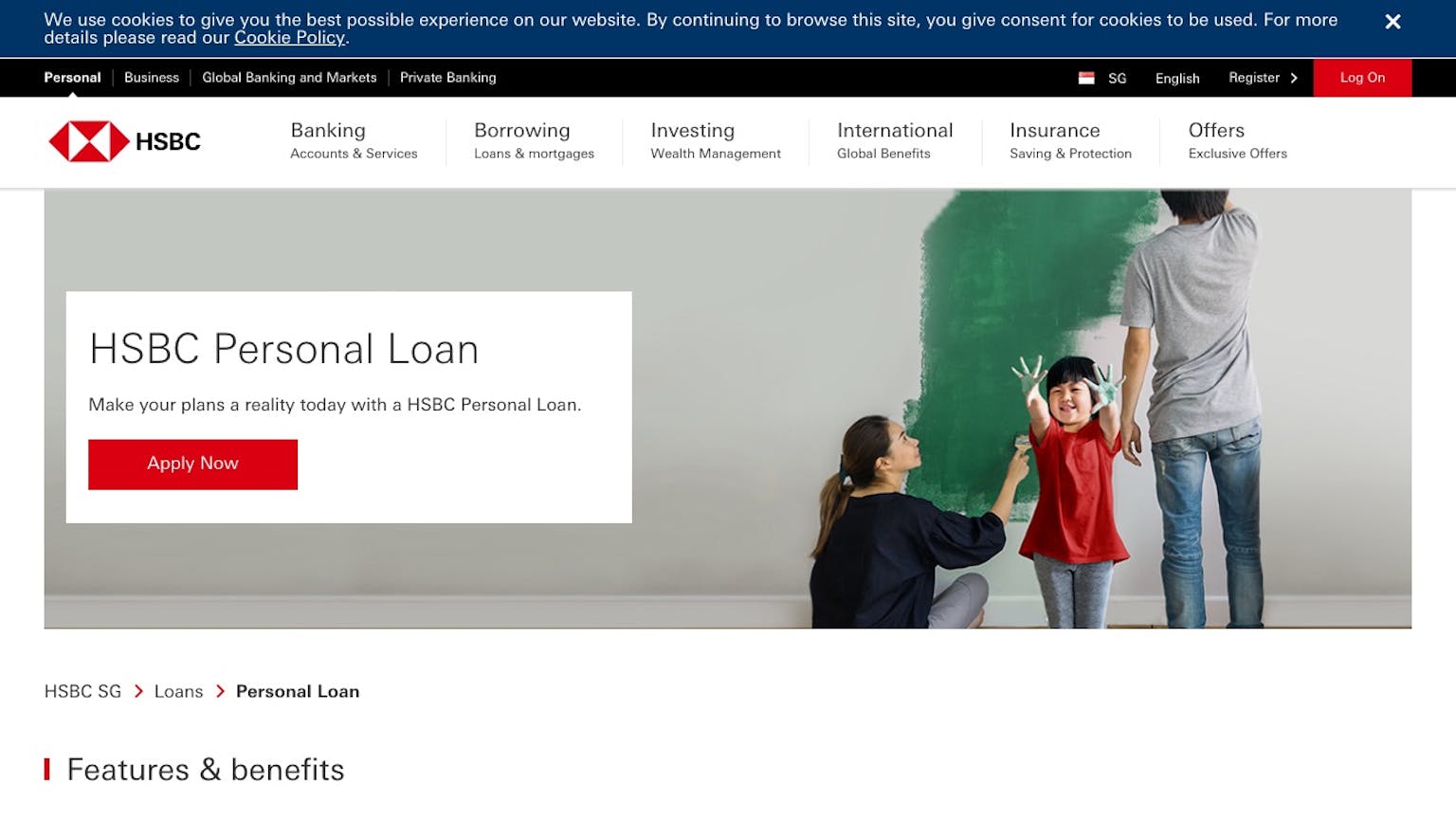



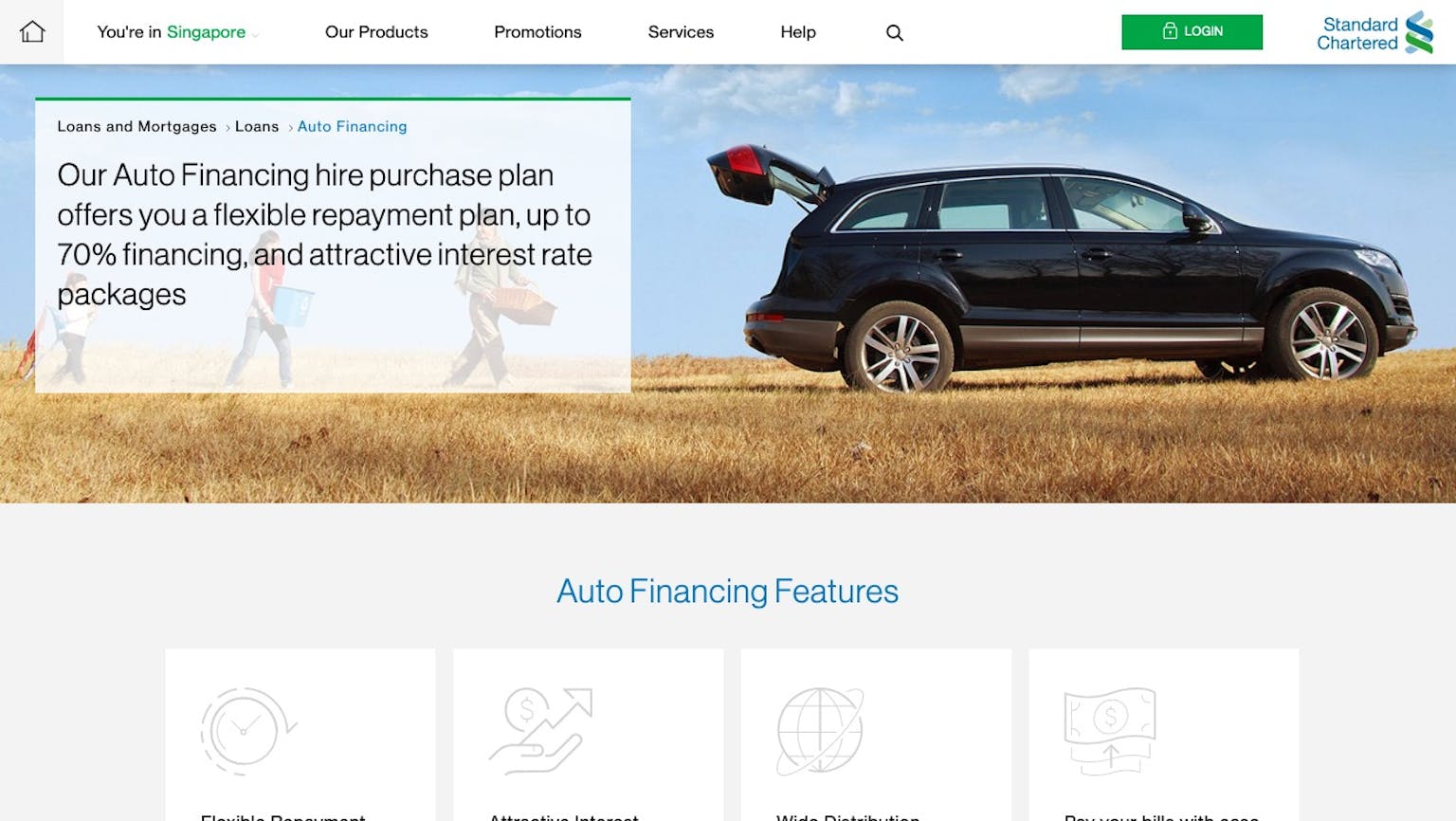
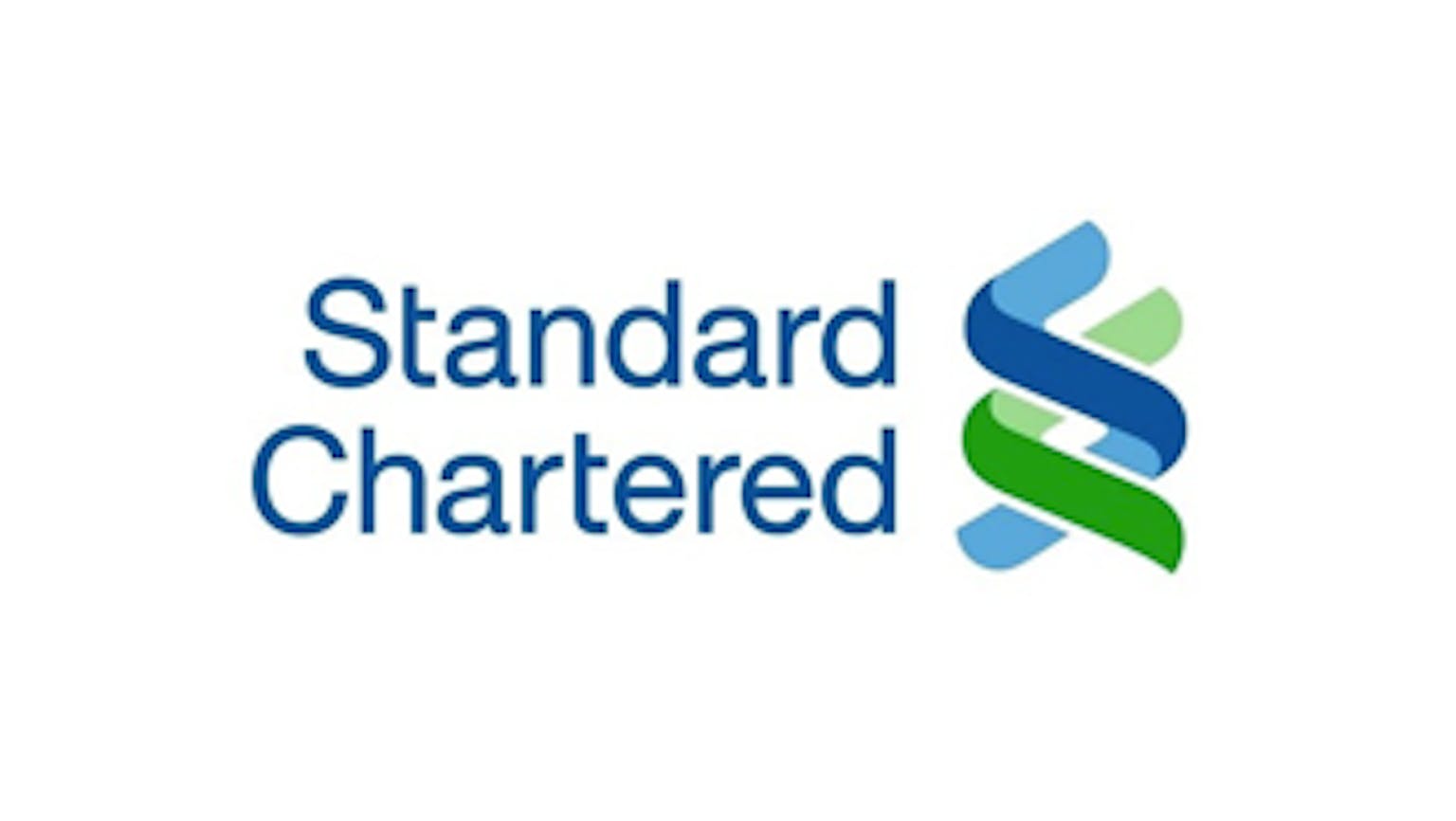
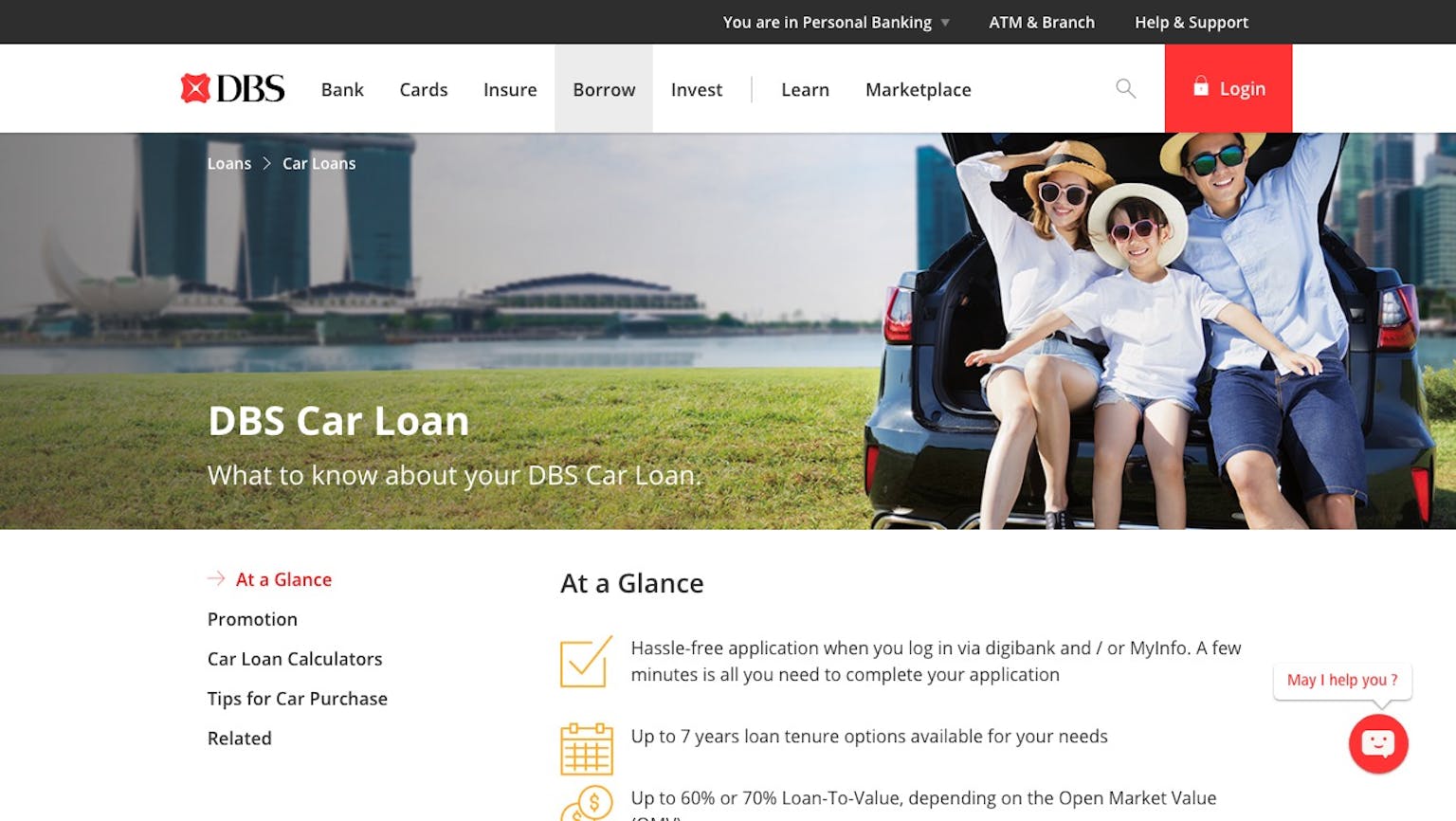

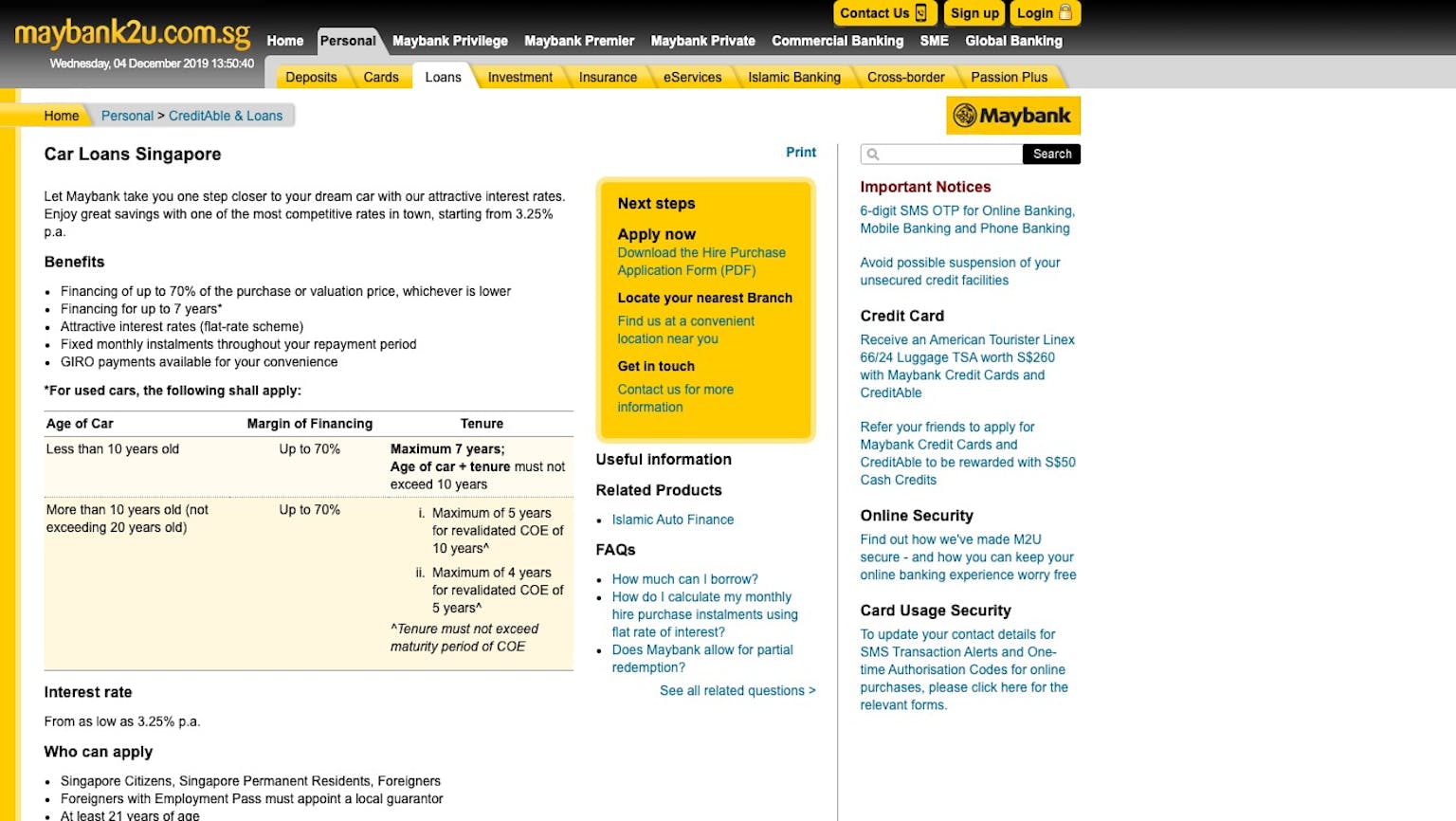


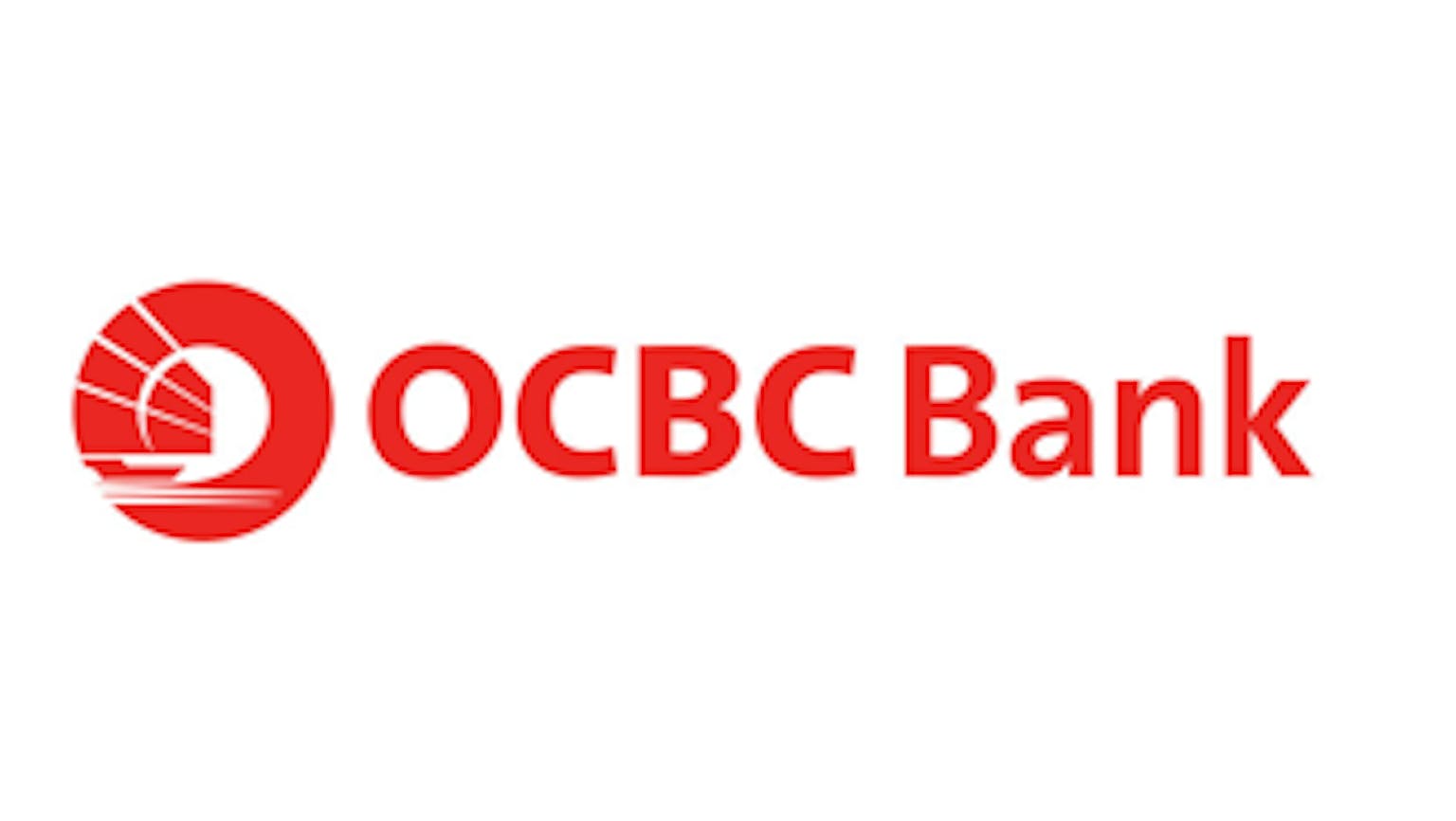


Please leave your knowledge and opinion!